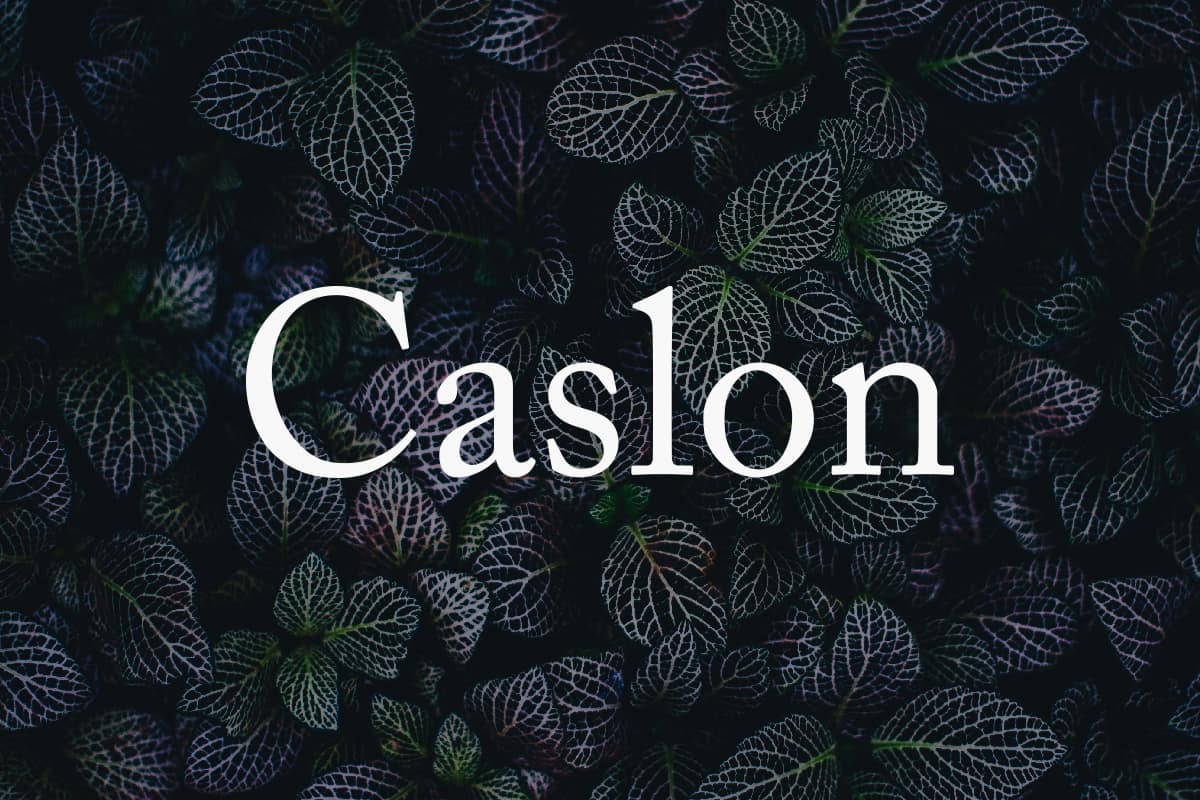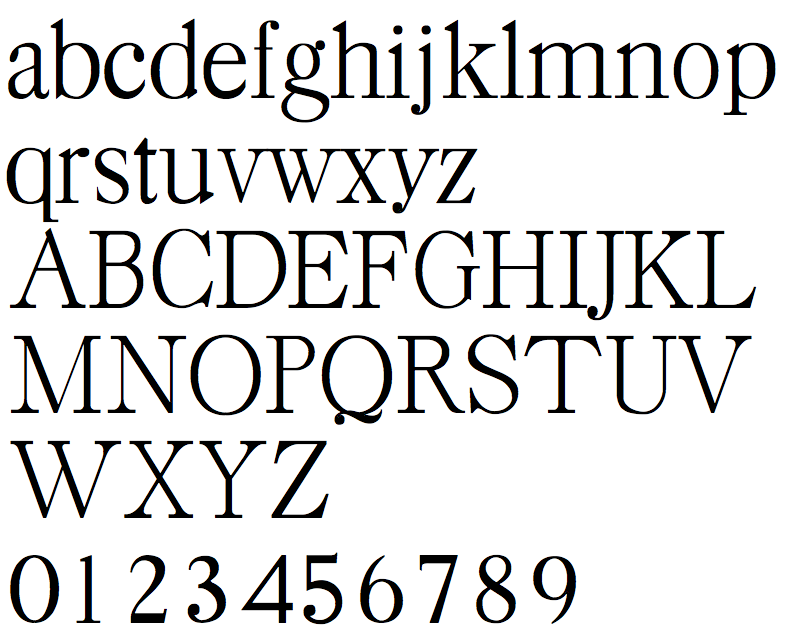

You can use this classic font for presenting lengthy texts likewise in composing books, logo designs, books covers, invitation card designs, and others. Century Schoolbook font is ideal for any kind of text displaying undertakings. Most of the initial class books use this clean font to abandon the accurate conception of sentences to the kids without any complexity.Īlong with its vast language support and a pleasant, sentimental texture feeling. The old-style font we are sharing here was introduced for a reason to perform well for every reader with its easy to read forms. But there is one thing common among all of them. Each of the styles comprises its own unique features looks like palatino linotype and glimpses. Under Format > Font Substitution, I get a message that says no need to substitute, all fonts are available.ĮVERYONE, PLEASE PITCH IN HERE.Adobe Caslon Pro Font comes in six clean styles. If I click Format, the Format window opens and once again I CANNOT CHANGE THE BOLDFACE selection. In the Modify Style window, under Formatting, I CANNOT CHANGE (UNCHECK) THE BOLDFACE selection. Trying that another way, I highlight the text, go to Format > Style and select Modify. Adobe Caslon Pro is there - except that I CANNOT UNCHECK THE BOLDFACE choice. I highlight some of the erroneously boldface text, then go to the dropdown Fonts menu. #4 Here's what happens when I open any of my Word documents typeset in Adobe Caslon Pro (regular, bold, semibold, semibold italics, bold italics) on my Mac: #3 For a MacBook Pro running OS 10.14.6, I don't know how to " Win+R (=run), fonts + OK." I think you must be speaking Windows. #2 I created a unique Style Template (Family.dotx), so removing the old global Normal.dotx so that the program will automatically create a new Normal.dotx, does nothing. #1 The fonts run fine in PowerPoint, so this is definitely a Word problem. After a little more investigation, here's what I know so far. I am running Mojave 10.14.6 with Word 16.4. The styles include kerning, leading, identation plus typeface. Also, the documents won't automatically create a new template with the same styles needed if I trash the current one. It would unbold what is supposed to be in bold. The endnote reference numbers (1,000+ of them) are all individually laid in in a different size type than the test and then each number has been superscripted. Some of it is in boldface, some regular face, some semibold, etc., etc. Some of the type is individually kerned to special breaks.

This is a book of 300+ pages and more than 200 separate documents and photographs that has been typeset in Adobe Caslon Pro and Helvetica, with a unique style template that I created.

Awakened this morning to find ALL my critical Microsoft Word 365 documents are now in bold face type.


 0 kommentar(er)
0 kommentar(er)
